







Design and the Chair
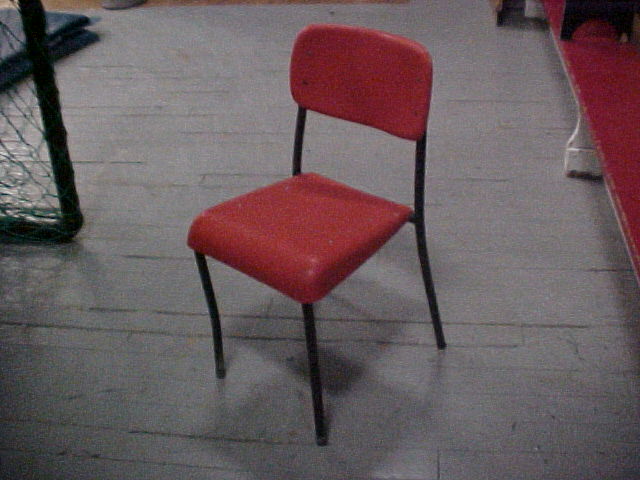
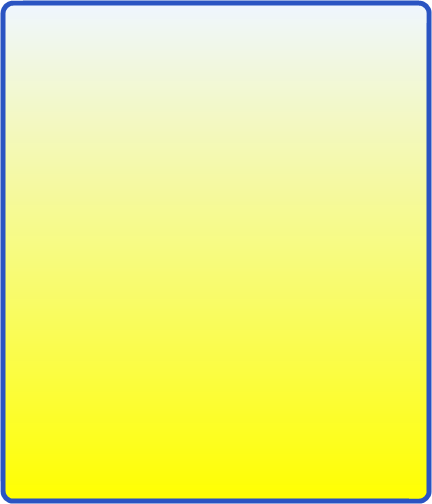
The Problem
Through the first year that I taught in an elementary classroom this is one of the 24 chairs that my school allocated to my grade 5/6 class. This chair made a great deal of noise when moved.
Through the first year that I taught in an elementary classroom this is one of the 24 chairs that my school allocated to my grade 5/6 class. This chair made a great deal of noise when moved.
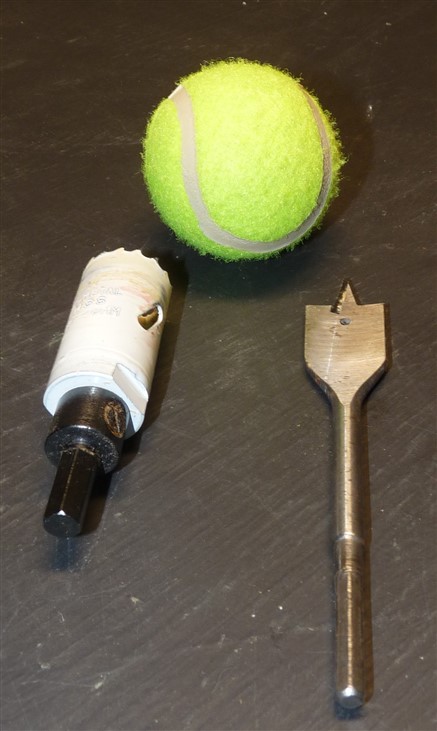
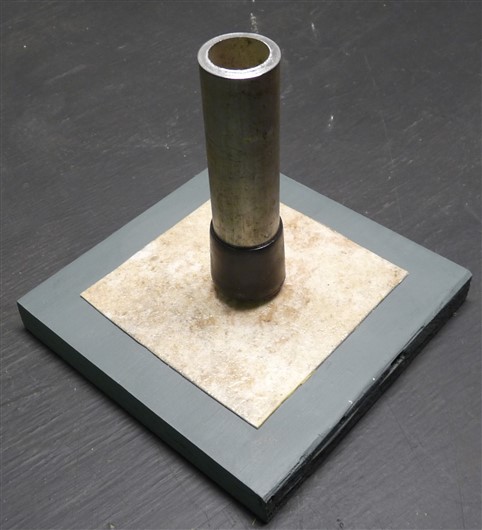
Factors
Any movement of the chair's legs made noise. This unsettling high pitch noise was caused by friction. The individual chair leg's rubber black tip rubbing against the tile floor created a vibration. The vibration was absorbed and amplified by the tube. The tube amplified high pitch sound waves traveled through the room and disrubted my class.
Any movement of the chair's legs made noise. This unsettling high pitch noise was caused by friction. The individual chair leg's rubber black tip rubbing against the tile floor created a vibration. The vibration was absorbed and amplified by the tube. The tube amplified high pitch sound waves traveled through the room and disrubted my class.
Researching Solutions
I learned, when I started researching the problem, that teachers were inserting tennis balls into the legs of a chair. This method cuts down on noise by acting as a sound absorbing cushion. I tried this solution for a couple of months. It did cut down on the noise but I ran into problems. First it was difficult and dangerous drilling the hole in the ball. I couldn't keep them clean and they kept falling off.
I learned, when I started researching the problem, that teachers were inserting tennis balls into the legs of a chair. This method cuts down on noise by acting as a sound absorbing cushion. I tried this solution for a couple of months. It did cut down on the noise but I ran into problems. First it was difficult and dangerous drilling the hole in the ball. I couldn't keep them clean and they kept falling off.


Prototype
The ideation phase, the questions phase, is an important creativity phase for kids. It teaches them how-to problem-solve, encourages a wide range of ideas and helps kids find solutions and then ideas. Next we were going to test a prototype. Making a prototype, when you have an idea, gives you a chance to test. Before you make your final product you can fix problems by getting feedback. After you get feedback you must answer the question; Is this worth making. This will save time, money and a lot of work.
The ideation phase, the questions phase, is an important creativity phase for kids. It teaches them how-to problem-solve, encourages a wide range of ideas and helps kids find solutions and then ideas. Next we were going to test a prototype. Making a prototype, when you have an idea, gives you a chance to test. Before you make your final product you can fix problems by getting feedback. After you get feedback you must answer the question; Is this worth making. This will save time, money and a lot of work.

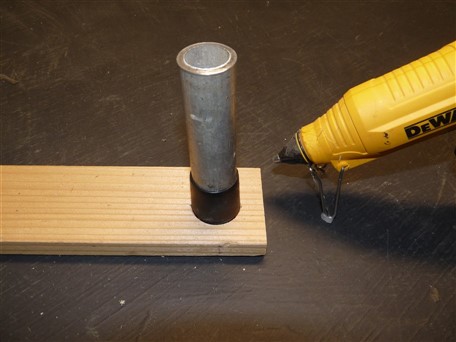

Observations
I was sitting in a high school gym when I made an observation. I noticed that the gym chair I was sitting on had two horizontal metal tubes resting on the gym floor's surface.
I was sitting in a high school gym when I made an observation. I noticed that the gym chair I was sitting on had two horizontal metal tubes resting on the gym floor's surface.

The horizontal tubes connected the front leg of the chair to the rear leg. The two parallel tubes reminded me of my sleigh’s runners when I was a kid. Eureka! It hit me! Skies, my classroom chairs need floor skies. I went home and immediately cut two 5cm wide boards 60cm long, (1” X 2” X 2’). The next day I brought them to my class. We were going to make a prototype.